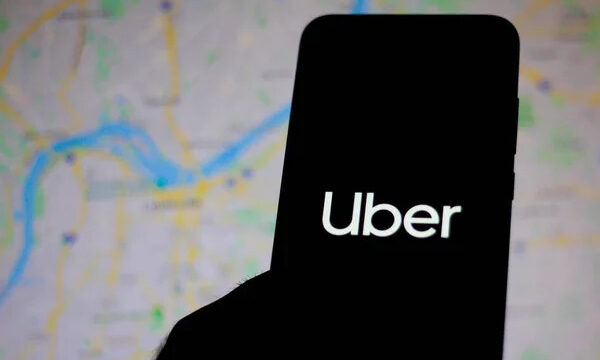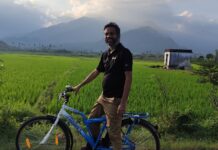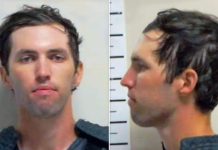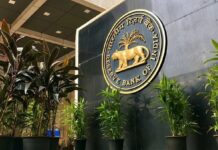Uber CEO Dara Khosrowshahi has never been afraid to criticize the offerings of his company. He often brings up Uber’s shortcomings most recently a recent GE event in Manhattan. Khosrowshahi shared at the occasion about his experience going undercover as an Uber driver to learn about the challenges. “It wasn’t a pleasant all-hands with the company,” he said.
Uber CEO Dara Khosrowshahi recently spoke with Jim Farley, CEO of Ford, at GE’s “The Lean Mindset: The Pursuit of Progress” event in New York. He said that when he joined the company in 2017, it was going through a “huge crisis moment” and needed a culture change. He described the company’s current state as turbulent, with executive management departures, a $4.5 billion annual loss, and more, an investor revolt, and even a #DeleteUber movement, reports Fortune.
Uber CEO’s Personal Insights: Navigating the Pandemic and Delivery Challenges
According to Khosrowshahi, the situation worsened when the Covid-19 outbreak impacted all businesses worldwide. However, during that lockdown, the CEO of Uber wanted to go and decided on the decision to start delivering for the company. He “got an e-bike and started delivering food for Uber.”
He observed a lack of quality in the product’s (Uber’s) delivery aspect while moonlighting. He even used his Tesla for the delivery work to improve things, but the experience was still pretty taxing. Due to the intricacy of the product, Khosrowshahi claimed that driving for Uber was both a rewarding and demanding experience. He observed that most Uber employees cared deeply about riders and eaters but not so much about those who drove the vehicles.
Additionally, not many Uber employees drive their vehicles. In the end, he realized that while driving for Uber was a luxury for customers and riders, it was “hell” for drivers.
Notably, Uber CEO Dara Khosrowshahi revealed in a previous interview that his experience driving for Uber on the side “nearly got him killed.” But this time, he talked about what it was like for him to drive for Uber and how that affected the company’s future objectives. Even yet, exploring the driver’s point of view ended up being a significant turning point in the development of the company.
Soon after, Khosrowshahi gave his engineers comments on how to improve the product and began to speak openly about it within the company. He shared his research with the larger Uber team in one of the popular presentations titled “Why We Suck,” which served as the culmination of this endeavor.
He noted that the company’s culture shifted as a result of his experiences as an Uber driver to place a new emphasis on celebrating employees who engaged in deliveries and driving. Khosrowshahi acknowledged that his experience exposed Uber’s driver app‘s flaws to light, but he remains committed to steering the company away from its aggressive past.




